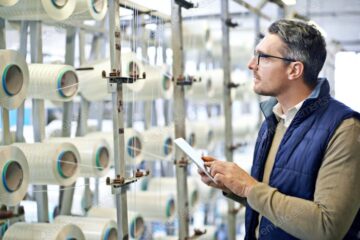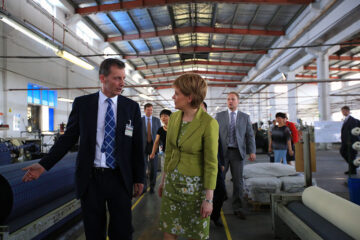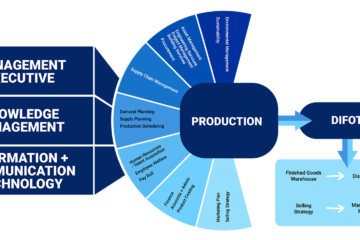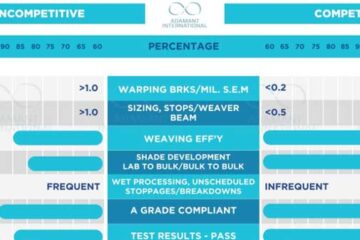Author John O’Connor CEO
Asset management stands as the cornerstone of effective operations within the textile manufacturing industry. It encompasses a comprehensive approach wherein production managers, technical specialists, leadership teams, and machinery operators collectively take ownership of all plant and equipment under their purview. This shared responsibility ensures optimal functionality and performance, essential for meeting production schedules and productivity targets.
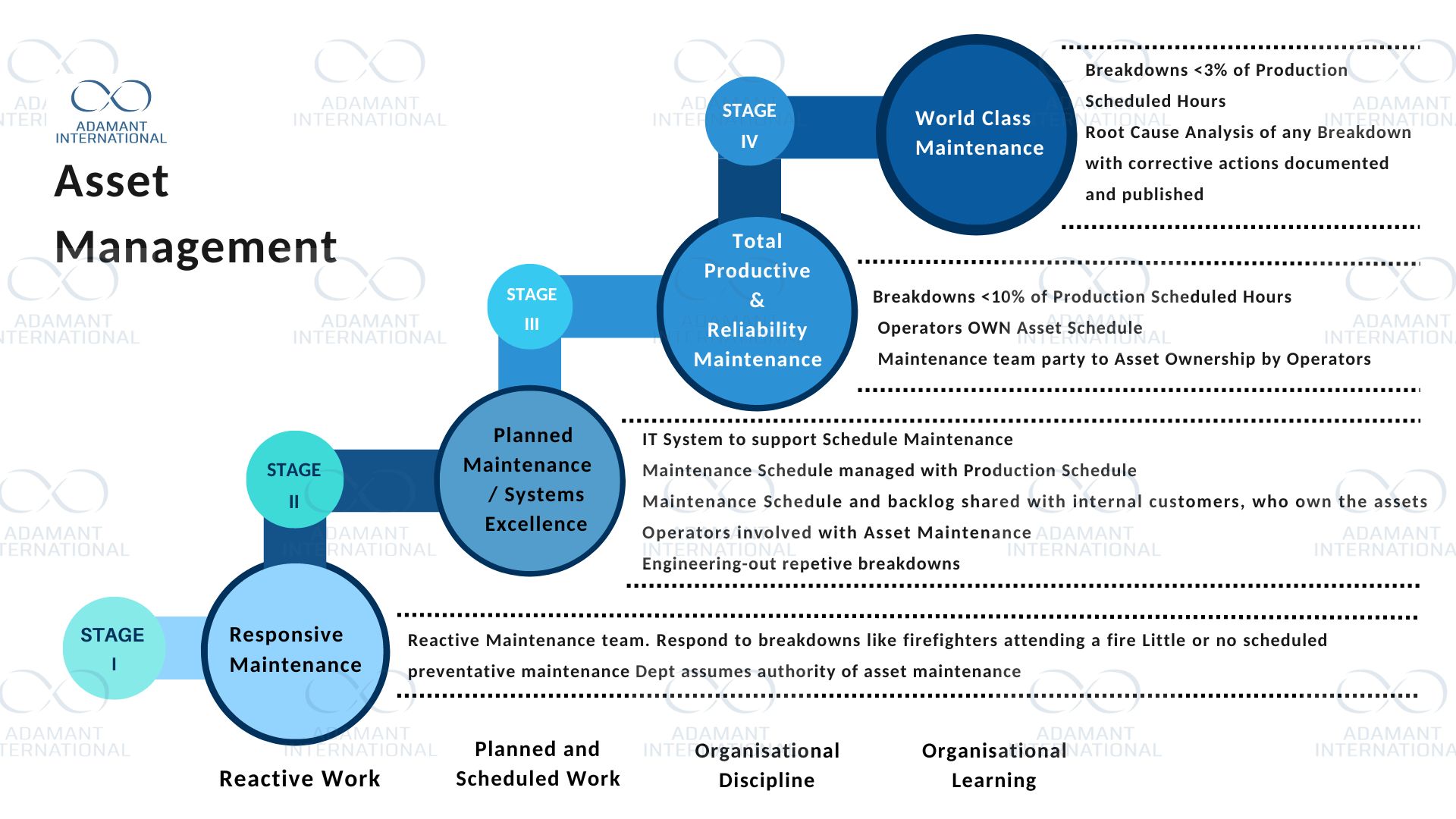
Maintenance, often misconceived as the sole responsibility of the maintenance department, is a critical service rather than the ownership of assets. A textile manufacturing operation’s performance can suffer significantly if machinery operates below its designed standard. Implementing Best Practice Maintenance practices as a minimum requirement eliminates excuses for underperformance, fostering efficiency along the production line.
Consultants frequently encounter underperforming textile manufacturing plants characterized by poor process controls and a reactive maintenance strategy. Reactive maintenance, akin to firefighting, addresses breakdowns without addressing root causes or preventive measures, leading to inefficiencies, late deliveries, and financial losses.
Effective asset management not only preserves a company’s reputation and financial performance but also extends the lifespan of plant and equipment. Proper maintenance programs, when diligently followed, can ensure machinery operates efficiently for decades. Conversely, neglecting maintenance may necessitate premature equipment replacement, imposing substantial financial burdens.
Regardless of marketing strategies, a manufacturing team’s inability to meet delivery requirements can undermine business performance. Thus, the focus of asset management, among other service departments, should align with supporting manufacturing operations effectively.
Transitioning from reactive to planned maintenance requires a cultural shift and systematic approach. Planned maintenance necessitates formalized systems, regular collaboration between production and maintenance teams, and thorough post-breakdown analysis to drive continuous improvement.
At the pinnacle of asset management lies total productive and reliability maintenance. At this stage, operators take ownership of assets, breakdowns are minimized, and productivity soars. Capital investment decisions are made judiciously, informed by collaboration between production and maintenance specialists.
Achieving world-class maintenance involves seamless coordination between production management and maintenance teams, resulting in decreased manufacturing costs, improved machinery uptime, and enhanced product quality.
Adamant’s Online Audit System offers a cost-effective solution for assessing and optimizing maintenance management strategies. By leveraging technology and expertise, companies can progress toward achieving excellence in asset management, ensuring long-term sustainability and success in the competitive textile manufacturing landscape.
To discover how Adamant International can elevate your textile manufacturing operations, visit our website https://www.adamantinternational.com.au or contact us via email at joc@adamantinternational.com.au or by phone at +61 411 102 572.
Let us help you unlock the full potential of your assets and drive unparalleled efficiency and performance.






